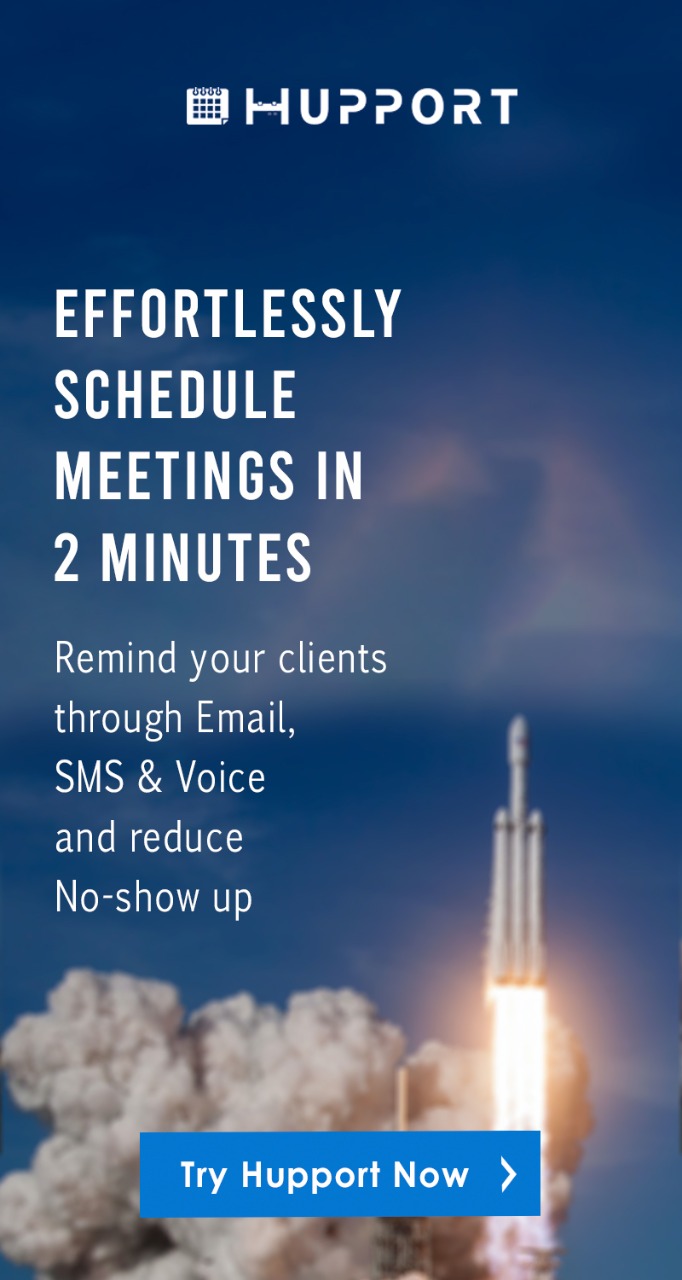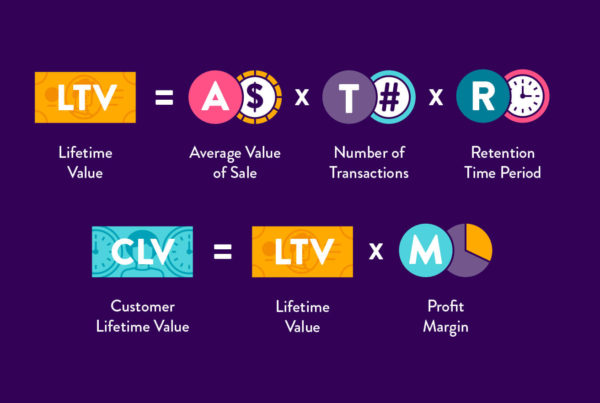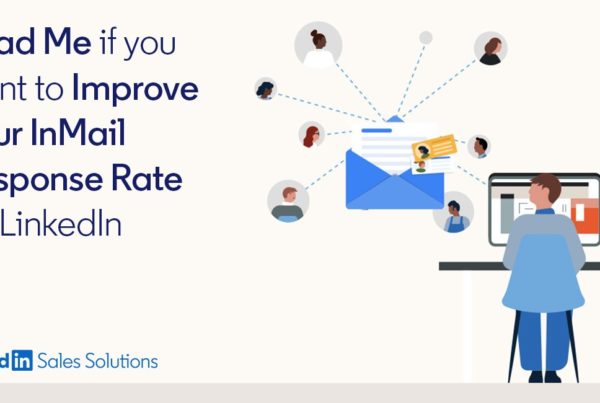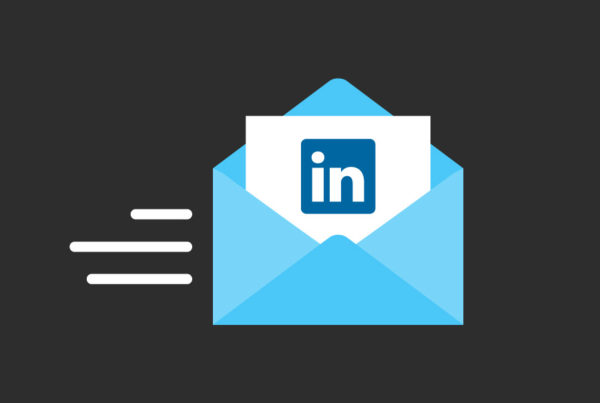To be able to get replies when you send an email to potential clients, executives, prospects, and so on, you need to make a good introduction about yourself.
How well you introduce yourself in an email will determine to a large extent if the email will be replied or not.
The presentation part of an email is imperative. Before an email is perused and answered, the primary spot the beneficiary take a look at is the introductory part.
Who is sending the email, where is the email being sent from and the explanation behind the email?
These are what an email beneficiary has to realize first before perusing the rest of the piece of an email and furthermore answering the email.
We all get flooded with huge numbers of messages each day. Inboxes are constantly overwhelmed with various messages.
An email without a presentation or a decent self-presentation will in all probability be erased right away.
When composing an email, it is imperative to unmistakably present yourself and plainly express the explanation behind the email.
There are explicit presentations that best suit explicit circumstances.
Sending out introduction emails to potential clients, employers or collaborators is one of the great challenges of professional life in the digital age.
To initiate a real conversation, make connections and get replies, you need to strategize before you send your email.
We are going to take a look at some of the ways you can introduce yourself in an email to get replies.
Use an impressive subject line that can’t be ignored
When you receive an email from someone, the subject line is the first point you look at.
A subject line that is not engaging or that looks spamming will get an email deleted immediately
The subject is one of the most important elements of an email.
It is the secret password that determines if your email will be opened or not.
If you say the right words and make it difficult for your recipient to ignore, your email will be read and replied.
If your subject line is not impressive and it sounds spamming, your email will be deleted.
Your first challenge is to make sure you don’t sound spamming.
You need to understand that the recipient will most likely not know who you are.
The subject line should be able to create an avenue of familiarity by personalizing it.
You should be able to distinguish yourself from other emails and be able to get your email singled out of the rest via your subject line.
Make your opening line about your recipient
Making your opening line about your recipient gives him or her a reason to continue reading.
It is a great way to further personalize your email.
The opening line is very important as it establishes the relevance of the email.
Instead of talking about yourself, talk about them.
Say things that will get the attention of your recipient and make him/her feel like you already know something about him or her.
Don’t just make your recipient feel that you are a stranger, this could get your email ignored.
Instead, say something that is of interest.
For example, “I have learned so much from you and your innovative work has always inspired me”.
Saying something like this will definitely get the attention of your recipient.
Talk a little about yourself
Not saying anything about yourself could make your recipient wonder who exactly sent the email.
You may not necessarily mention your name, you can talk about your interests, what you do and the connection between you and your recipient.
The first question that always comes to mind of an email recipient is “Who is this?”
Be able to make a clear view of who you are and make your recipient see the connection between you both.
Reference a mutual connection
Referencing a mutual connection is a way to further solidify your introduction to your recipient.
People will have more trust in you if there is a mutual connection.
You can find mutual connections on LinkedIn, Facebook and other pages.
If your recipient was recommended to you by someone else, reference the person.
If you got the contact of your recipient from someone, it is best to reference the person so that your recipient will feel more at ease to respond to you.
When we receive an unsolicited email from someone we don’t know, we are skeptical about the email at first.
We ask ourselves how the person got our email address.
If you didn’t add how you got the email address of your recipient, your email could be deleted or not responded to.
It is best to always reference a mutual connection in an email.
State the reason for the email
This is the body of the email. This is where you explain the reason why you are reaching out to your recipient.
Here, you also need to connect your recipient with what you are saying.
This is why you need to do adequate research about your recipient.
You can’t send a sales email to someone that is not into sales.
The reason for your email should be relevant to your recipient.
For example, “We realize that you are a lady that takes her skin very seriously and we think you might very well be interested in our skincare product.”
This example shows the relationship between your recipient and the reason for your email.
The key here is making your explanation as relevant as possible to your recipient.
Emphasize what is in for your recipient
What does your recipient stand to gain?
What benefits is your email to your recipient?
Provide value for your recipient. Let your recipient know how what you are talking about will benefit him or her.
The email should not just be all about you alone, it should not just be all about what you stand to gain.
There should be something of value that your recipient stands to gain.
This is a driving force that can propel your recipient into replying your email.
For example, “A collaboration will be great, as this could lead to greater achievement for both companies and we could be a force that can’t be surmounted by our competitors”.
From this example, both you and your recipient has something to gain. There is value for you and value for your recipient. It is a win-win situation.
Be brief
You may want to say a whole lot of things, resist that urge and make your email as brief as possible.
We all know how it feels when we receive an email and it occupies the whole page.
It is very stressful to read a long note of email.
You also need to keep in mind that most people are very busy and they wouldn’t like to spend so much time reading an email.
This is why you need to try as much as possible to make your email very concise.
Go straight to the point.
Let your recipient understand what you are saying in a clear and few words.
Do not overburden your recipient as this may incur negative reaction from your recipient.
Talk about your previous work and achievements
You are sending an email to a stranger and you expect the stranger to agree to what you are saying, you need to provide evidence that you are actually as good as you say.
What are your previous works?
Which companies have you worked for before?
What is your role in those companies?
What value did you add to them?
These are some of the questions you should provide answers to and state them in your email.
Impress your recipient so that he or she will be very confident to reply to your email and agree to what you are saying.
Add a call-to-action
A call-to-action can be a link to your previous works, it can be a link to your website.
A call-to-action can also prompt your recipient into taking action.
For example, “I am always available to answer any questions you may have regarding [topic]. Feel free to give me a call. Here is my phone number [add phone number]”.
“You can check out our website for a clearer view and understanding of our products. Click on this link [URL link]”.
A call-to-action will provide your recipient with more view of what you are talking about and prompt him or her into taking necessary actions.
Be polite and appreciate your recipient
When writing an email to someone, you should be very polite.
Your approach should be reasonable and professional.
You are contacting someone to become a possible client or to do something for you, hence you need to be polite in your approach.
You can also compliment your recipient and show appreciation.
A simple “Thank you” at the end of your email could make a change.
Add a closing line that will prompt your recipient into replying.




